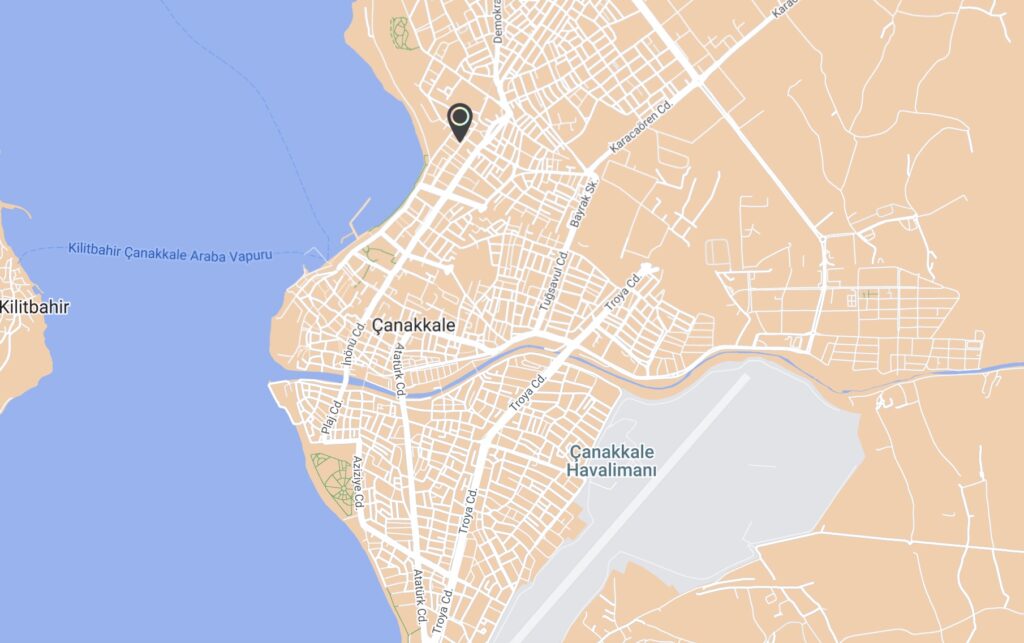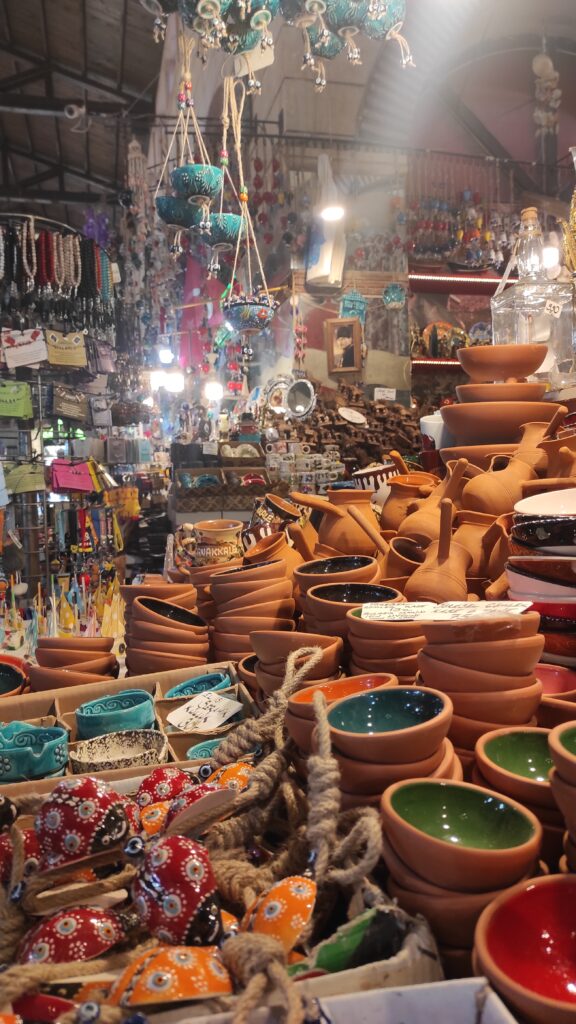48 Hours in Çanakkale, Turkey

To see all the destinations listed in this guide and other ceramic sites worldwide, check out Ceramic World Destinations (CWD), MoCA/NY's interactive map listing over 4,000 destinations!


To see all the destinations listed in this guide and other ceramic sites worldwide, check out Ceramic World Destinations (CWD), MoCA/NY's interactive map listing over 4,000 destinations!
